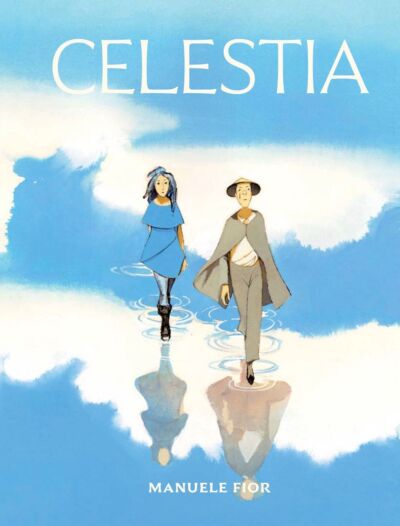
Celestia by Manuele Fior
After a great war devastated the mainland, survivors sought refuge on the remote island of Celestia. But after many years, Celestia has become a fraught and decadent society where telepaths meet in secret amidst its canals. (Which draw inspiration from the history of Venice.) Two of these telepaths — volatile Pierrot and anxiety-prone Dora, who have a tempestuous relationship (to put it mildly) — are forced to travel back to the mainland, a dangerous journey that reveals hidden truths about themselves and their post-war world. With its painterly artwork, elliptical storytelling, and bizarre architectural designs, Manuele Fior’s Celestia feels like an experimental European arthouse film about the post-apocalypse mixed with some X-Men-esque superpowers. In other words, it gets pretty surreal and ambiguous, so your mileage may vary. What made Celestia particularly engrossing for me, though, is the way in which Fior depicts his characters’ mental powers, blurring the lines between what’s actually happening and what might just be happening in their heads. (Note: With its graphic content, Celestia is definitely not for kids.)